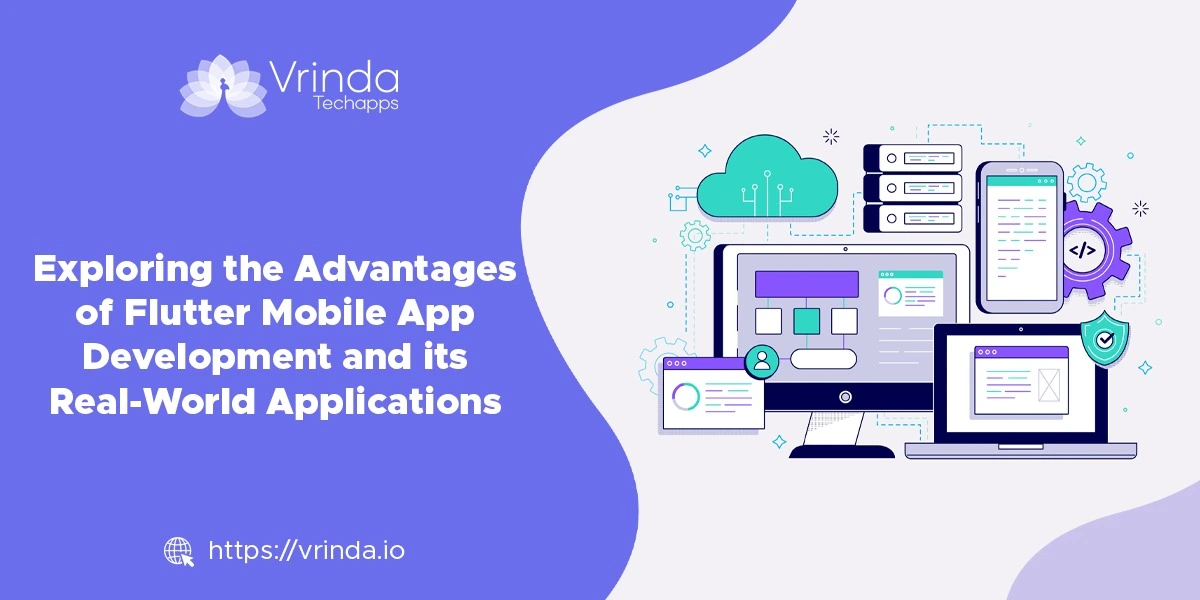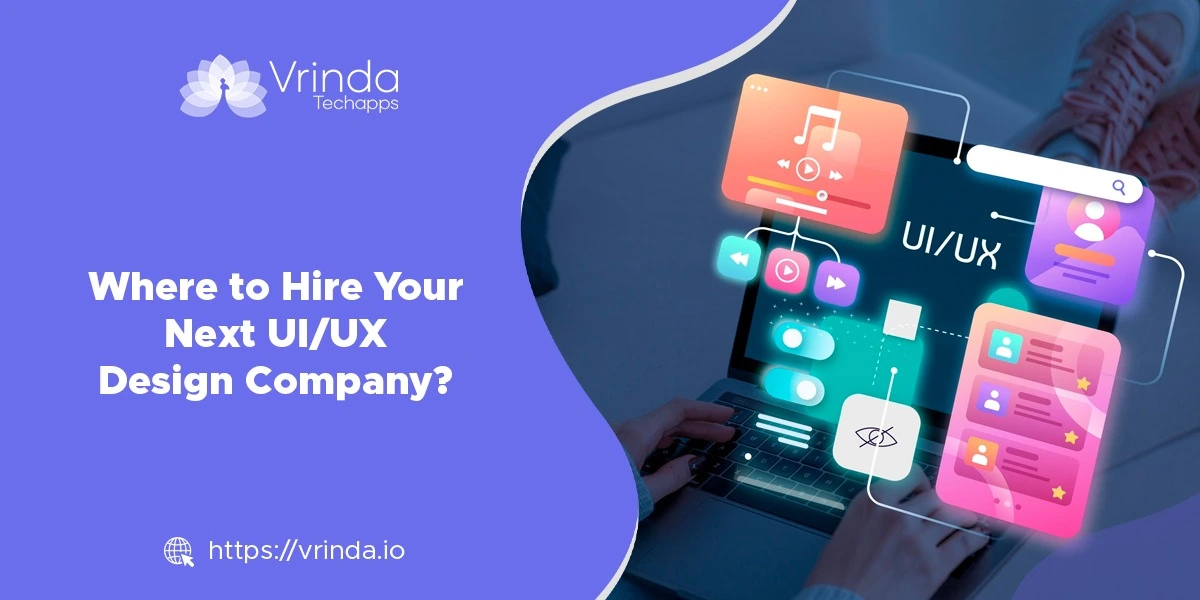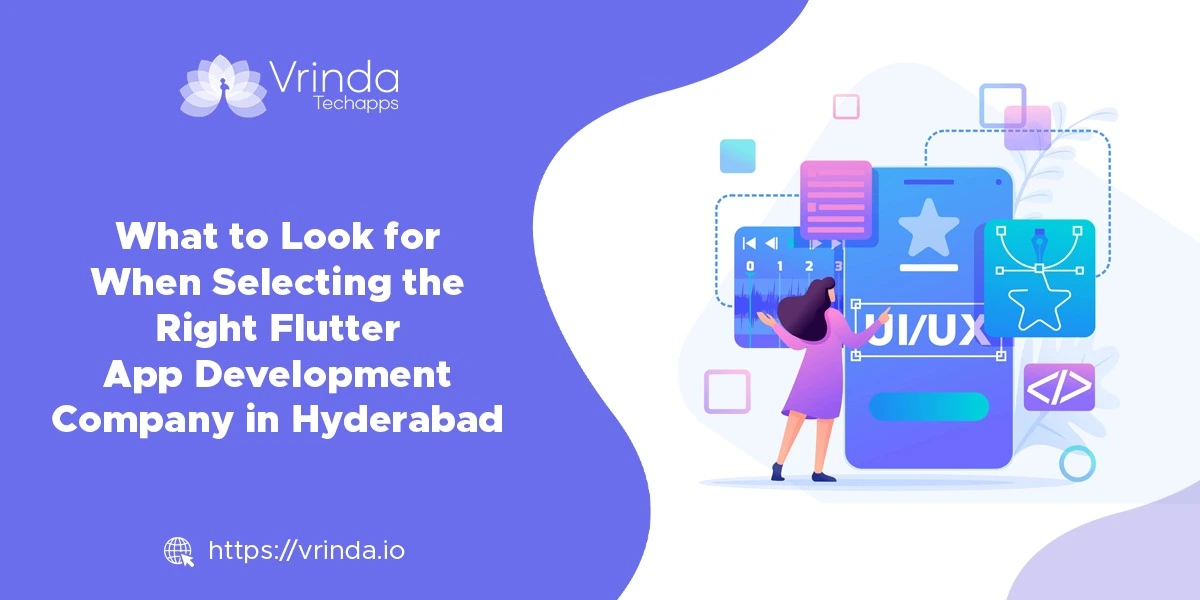
How AI & Machine Learning are Revolutionizing UI/UX
- November 8, 2023
- 13 min read
In our quickly changing digital realm, the connection between AI (Artificial Intelligence) and UI/UX (User Interface/User Experience) design has deepened immensely. From predictive typing to curated product suggestions, the influence of AI is everywhere. With the progress of AI and machine learning, they’re setting the stage for more adaptable, unique, and swift user interactions. This change is not just altering how traditional UI UX development company operates but also introduces a fresh phase for bespoke mobile app creation.
The Beginning of a Fresh UI/UX Phase
Incorporating AI and machine learning into UI/UX showcases the dedication to refining user interactions. Rather than standard interfaces, AI provides a specialized method, forecasting user desires before they even recognize them. Machine learning techniques can sift through massive data, spot trends, and harness these findings to anticipate upcoming user behaviours or tastes.
Take, for example, online platforms suggesting series based on what you’ve watched. The systems dive deep into your favourites, the styles you love, your typical viewing hours, and provide suggestions that will likely catch your eye. This is the magic of AI-fuelled UX.
Design Revolution with AI Tools
Several contemporary tools leverage AI to improve design workflows. These tools can tackle routine chores, foresee user actions, and even pitch design ideas.
- Content on Autopilot: Devices that churn out content based on user patterns are a godsend for creators. They can mould layouts, pen down content, or even hint at graphics, making design smoother.
- Anticipating User Paths:By delving into user activity data, AI can foretell possible routes a user might follow in an app or site. This aids designers in crafting instinctive navigation and structuring.
- Customization for All: Tailored user interactions aren’t just for big-budget endeavours anymore. Thanks to AI, even smaller ventures can present individualized user screens and content.
Trailblazers in AI-Infused UX: Insights
The venture of blending AI with UX is steered by thinkers who recognized the potential of such a combination. Conversations with these innovators reveal common threads:
- Data’s pivotal role: Data-driven findings are AI’s essence. The richer the data feed, the sharper the AI outputs.
- Ethical dilemmas: The deeper AI dives into UI/UX, issues about privacy, data misuse, and equality surface. Trailblazers stress on transparent and ethical AI applications.
- Ever-learning:This domain is in constant flux. Perpetual learning and flexibility are vital for relevance and tapping into the latest breakthroughs.
Chatbots & Digital Assistants: Tomorrow's User Engagement Tools
Given AI’s ascension, chatbots and digital assistants are now pivotal to many digital user journeys. Unlike conventional support setups, AI-boosted chatbots are ever-ready and can sift through heaps of data in a flash to respond, solve, or even foresee user queries.
- Engaged Learning: AI-imbued chatbots evolve with each chat. They gradually grasp user likes, routines, and common queries, fine-tuning their replies.
- Humanized Chats: High-end chatbots, with natural language processing, can decipher context and sentiment, making chats feel less robotic.
User Experiences Morphing in Real-Time
A standout effect of AI on UI/UX is its ability to shift in real-time. User interfaces used to be rigid, but AI now tweaks UI components live based on user patterns.
- Fluid Content Presentation:Depending on factors like user actions or location, AI can dynamically alter what’s shown, e.g., a news aficionado might get articles aligned with their interests.
- Evolving User Screens: AI can tweak layouts, colours, or even text sizes grounded on device specifics, user likes, or live interactions.
Brands Leading the AI-Infused UI/UX Charge
Many progressive brands have embraced AI-powered UI/UX in their digital channels.
- Spotify: Their weekly music curation is a stellar display of machine learning, fine-tuning playlists based on user tunes.
- Netflix: Beyond suggestions, Netflix alters its display based on user habits. Different viewers might see varying images for the same content, hinging on engagement likelihood.
- Airbnb: Airbnb stands out by cleverly employing AI to refine the search and booking experience. The platform’s algorithms sift through your search history and past stays, subtly curating property suggestions that align with your preferences. Ever marvelled at how the site seems to present the perfect getaway options? That’s their AI working to personalize your search results, making the hunt for the ideal spot a breeze.
- Online Retail Behemoths: Numerous e-commerce portals deploy AI to personalize product suggestions, enhance search outcomes, and even forecast shopping shifts.
Wrapping it up
The dynamic between AI and UI/UX is ushering in a redefined digital design era. As AI models become more refined, they pave the way for more intuitive and unique user journeys. This shift isn’t just offering unparalleled user personalization but also gifts businesses a deeper gaze into user habits. Peering ahead, it’s evident that AI and UI/UX’s collaborative dance will mould the digital sphere in unimaginable ways. For enterprises, this underlines the need to team up with a UI/UX development agency that’s in sync with these innovations and can utilize them for best-in-class custom mobile app development services.



